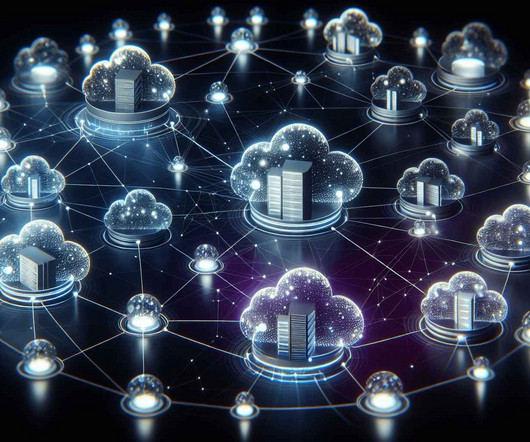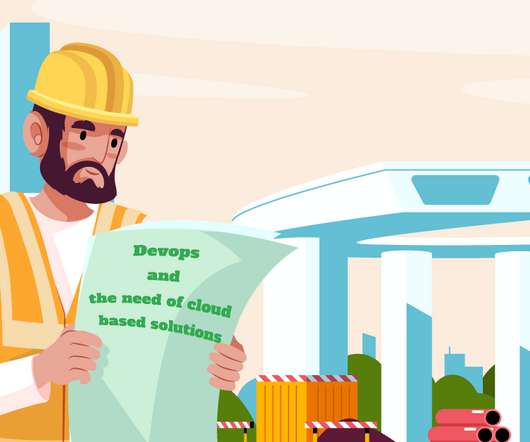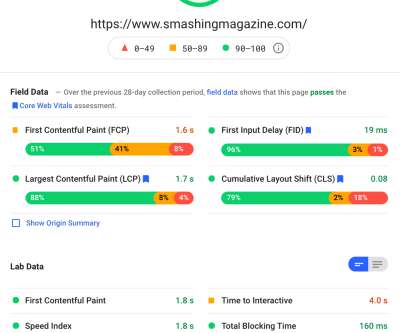Kubernetes vs Docker: What’s the difference?
Dynatrace
SEPTEMBER 29, 2021
Container technology is very powerful as small teams can develop and package their application on laptops and then deploy it anywhere into staging or production environments without having to worry about dependencies, configurations, OS, hardware, and so on. Networking. What is Docker? Docker is more than containers, though.

















































Let's personalize your content